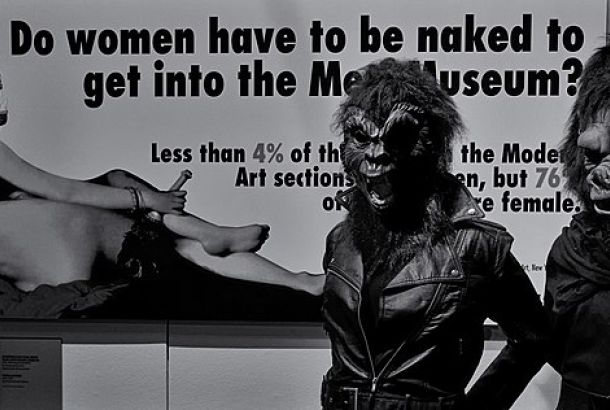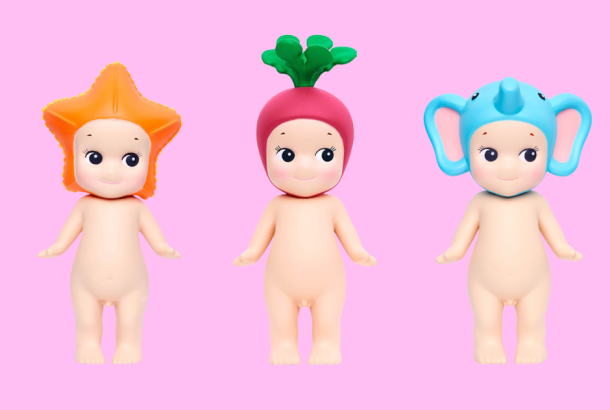Surviving Supper: DADA
By Lucy Johnson
Background
Dada was an early 20th century avant-garde movement that was originated in Zurich in 1916 by a group of artists associated with Hugo Ball’s Cabaret Voltaire. Dada was anti-war, anti-art and against Bourgeois society which resulted in irrational, autonomous and sometimes outright ludicrous artworks, performances, essays, poems and manifestos being created. For example in Tristan Tzara’s Dada manifesto he states, ‘DADA doesn’t speak. DADA has no fixed idea’ and he declares that ‘the Holy Virgin was already a Dadaist’. This being said it was an incredibly influential movement that can be seen as the forerunner to conceptual, abstract and performance art despite the fact that the movement itself was more of a ‘meta-movement’. Dada was suspicious of the hierarchies of art and the unity of movements such as cubism and futurism. The Dadaists spread their manifestations around Europe via a series of art journals and magazines and the title of the original magazine by Tristan Tzara called ‘Dada’ gave the group their name.
Style
Dada rejected the traditions of art and developed artistic techniques aimed at the de-skilling of the artist. These included collage, photomontage, assemblage (a kind of 3D collage) and the use of the ready-made. The most famous example of a ready-made and one which aptly defines the nature of Dada art is Marcel Duchamp’s ‘Fountain’. Duchamp entered a porcelain urinal into the exhibition of the Society of Independent Artists in New York in 1917 which he had signed ‘R. Mutt’ and titled ‘Fountain’. He was suggesting that whether the artist had created the object themselves or not, by signing the work, giving it a title and entering it into an exhibition, it could be called art.
Key Players
Due to the all-inclusive and non-hierachical nature of the Dada movement there were many figures who considered themselves Dadaists and Tristan Tzara stated that ‘all members of the Dada movement are presidents’. There are certain artists though who contributed more significantly with artworks, manifestos, poems or edited the various Dadaist publications and these include: Hugo Ball, Tristan Tzara, Marcel Duchamp, Hans Arp, Francis Picabia and Andre Breton.
Works to know / Manifestos to read
Tristan Tzara’s DADA manifesto (Paris, January 12th 1921)
DADA Magazine (7 issues)
Fountain – Marcel Duchamp 1917 (replicas in various museums including Tate Modern)
L. H. O. O. Q. – Marcel Duchamp 1919







